In this chapter I will explain how to heave-to. This manoeuvre is always shown as the last to the sailing students, because they would do nothing else otherwise for the rest of the course. After heaving-to we can have a break and rest for a while, change the helmsman or we reef in peace (shorten the sails when the wind gets stronger) On a Yacht we can cook in the meanwhile or even weather a storm.
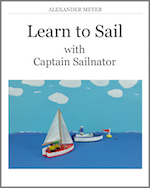 This online sailing course has also been published as ebook and paperback. For more information click here!
This online sailing course has also been published as ebook and paperback. For more information click here!
You can download the Ebook for example at:
iTunes UK & iTunes US | iBooks for iPad and Mac
Amazon.com & Amazon.co.uk | Kindle-Edition
Google Play | for Android
The paperback is available for example at:
Amazon.com | Amazon.co.uk
The first step of heaving-to is the same as when tacking. We move the bow through the wind. But the jib sheet is not released and the jib will not be pulled to the other side. If possible the sheet should be fixed on a cleat before we start the manoeuvre. The mainsheet has to be released so that the mainsail can be blown to leeward.
We start the manoeuvre on course close-hauled and have to … ? Right, head up. (Figure 99)
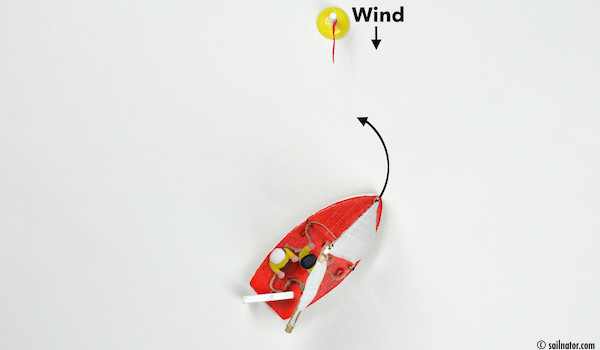
Figure 99: The progress of heaving-to: Head up from close-hauled …
Depending on how much speed the boat has it might be necessary to shoot up head to wind for a short while. (Figure 100)
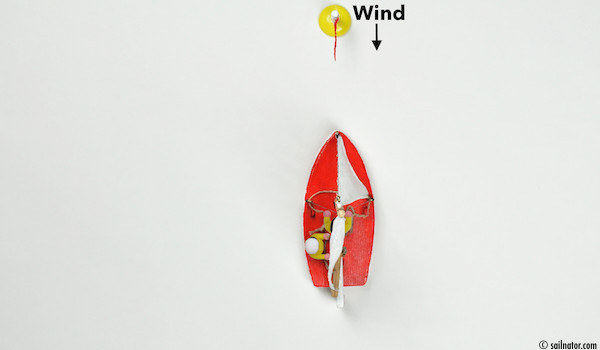
Figure 100: … and shoot up head to wind to slow down the boat.
Just in the moment the boat would normally stop we bear away. The back standing jib supports the bow when doing so. As I have explained before the mainsheet has to be released so that the mainsail can be blown to leeward. (Figure 101)
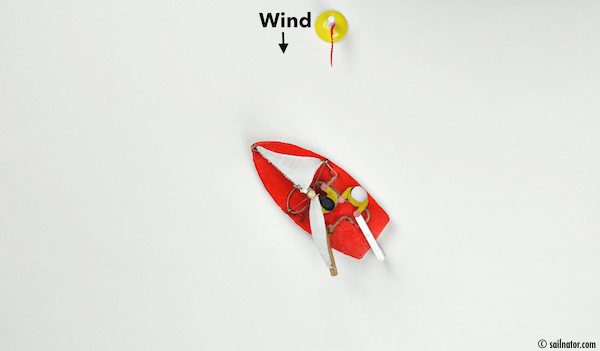
Figure 101: Move the bow through the wind with the remaining speed. The jib keeps on being backwards on the side where it was before.
Now it is important that we are not fooled into releasing the jib. It stays tied on the cleat, standing backwards. It pushes the bow further leewards and therefore the helmsman has to steer to the opposite direction, which is … ? Right, windward. When we steer to windward where does the tiller point to … ? Right, leeward.
But we have to be careful. We have to steer delicately and not too strong. The boat might move back through the wind to the side we came from. When the boat sails back up head to wind we probably have to steer leeward a little bit till the bow turns leeward too. Then we steer to windward again, till the boat settles down and we can leave the tiller steering windwards. If possible we now can fix the tiller in this position, by cleating it with a rope.
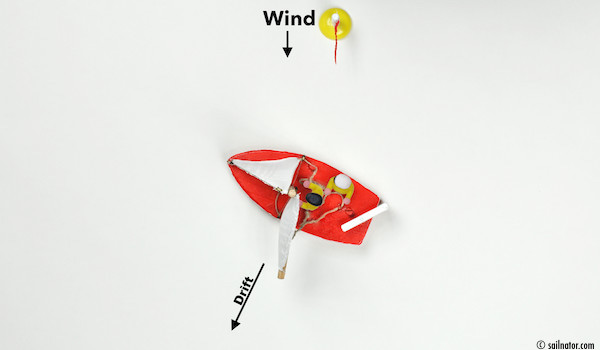
Figure 102: Release the mainsheet and steer windwards delicately. The tiller points leeward when doing so.
The boat stays at a slight angle to the wind. (Figure 102) The boom will be blown leeward and the tiller points leeward. (If this should last longer, for example in a storm, the mainsail can be secured) The rudder is on the windward side and the jib is also standing back on the windward side. The boat is drifting now with up to 2 knots speed leeward. We can have a break now, drink something, change the helmsman or reef the sails.
When the wind is too strong it might be too dangerous to heave-to by moving the bow through the wind. Then we head up till the sails luff and pull the jib to the other side. (On a bigger boat a winch will then be necessary to pull the sheet) The wind will push the bow leewards, we steer windwards and release the mainsheet.
The commands for the manoeuvre are:
“Haul sheets on close-hauled!”
“Ready to heave-to?”
“Ready!”
“Helm’s alee!”
“Release mainsheet!”
The sequence of the manoeuvre is the following: Head up to close-hauled, cleat the jib, shoot up head to wind to slow down, bear away with jib backed, release mainsheet, steer windwards delicately till the boat settles down. This manoeuvre has to be practiced too in order to get a feeling for it. You have to slightly play a little bit with the tiller. How this works depends on the sea conditions and on the boat. Some boats heave-to very easily and others not at all.
If we want to end heaving-to and carry on sailing we simply have to move the tiller back to the middle. We pull the jib to the leeward side of the boat and trim both sails for course close-hauled.
Watch my stop motion video about heaving-to →
← Last chapter | Next chapter →
All chapters: Technical Terms | The theory behind sailing |Close-hauled | Beam reach | Broad reach | Sailing downwind | Tacking | Beating | Quick-turn | Sailing up head to wind | Man overboard | Jibing | Heaving-to | Leaving the dock | Berthing | Rules of the road 1 | Rules of the road 2 | Rules of the road 3 | Reefing | Capsizing